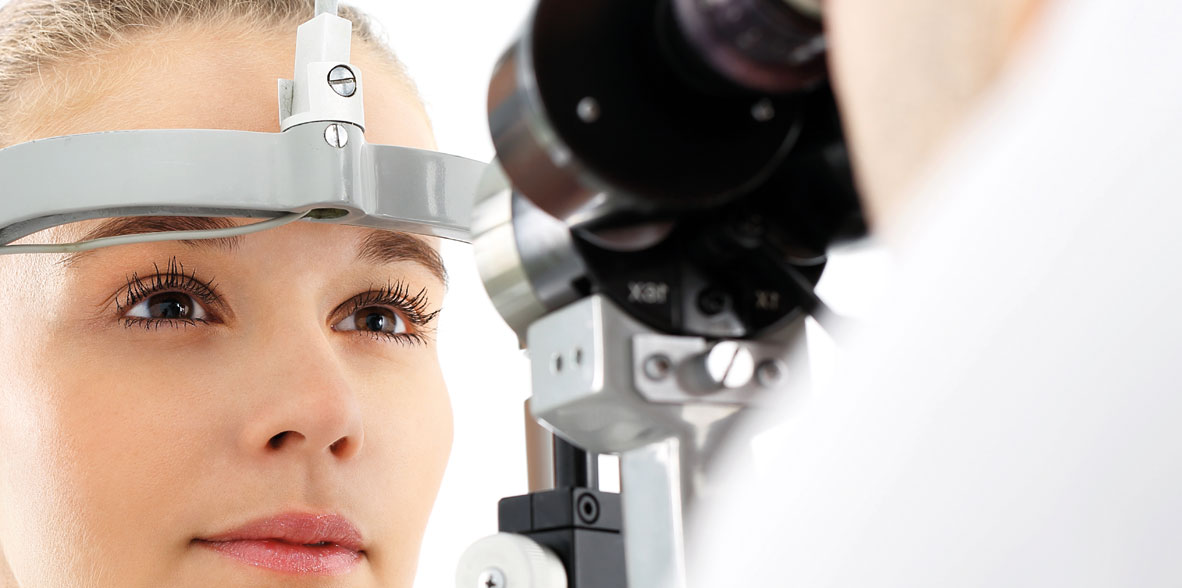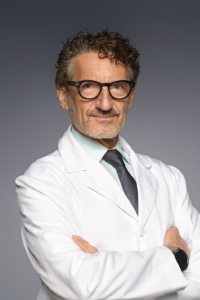

 Centro Médico Teknonen/health-centers/centro-medico-teknon
Centro Médico Teknonen/health-centers/centro-medico-teknon Hospital El Pilaren/health-centers/hospital-el-pilar
Hospital El Pilaren/health-centers/hospital-el-pilar Centro Médico Teknonen/health-centers/centro-medico-teknon
Centro Médico Teknonen/health-centers/centro-medico-teknon Centro Médico Teknonen/health-centers/centro-medico-teknon
Centro Médico Teknonen/health-centers/centro-medico-teknon Centro Médico Teknonen/health-centers/centro-medico-teknon
Centro Médico Teknonen/health-centers/centro-medico-teknon
- Macular hole
 A macular hole is a defect or break in the tissue located in the centre of the macula (fovea) that causes a defect in central vision (scotoma) or a blurred zone in the centre of the visual field. Using microsurgical techniques vision can be repaired and recovered significantly. The intervention should not be delayed to prevent irreversible changes.
A macular hole is a defect or break in the tissue located in the centre of the macula (fovea) that causes a defect in central vision (scotoma) or a blurred zone in the centre of the visual field. Using microsurgical techniques vision can be repaired and recovered significantly. The intervention should not be delayed to prevent irreversible changes. - Epiretinal membrane or macular pucker
 An epiretinal membrane occurs when tissue contraction on the retinal surface leads to wrinkling or "puckering", with the consequent loss and distortion of vision. In many cases this has to be removed by microsurgery to avoid irreversible vision loss.
An epiretinal membrane occurs when tissue contraction on the retinal surface leads to wrinkling or "puckering", with the consequent loss and distortion of vision. In many cases this has to be removed by microsurgery to avoid irreversible vision loss. - Vitreomacular traction syndrome
 Partial separation of the posterior vitreous from the underlying retina with residual anchors or connections that exert traction on the retinal surface causing visual impairment. Removing those tractions by vitrectomy prevents loss of vision and restore vision in many cases. Pharmacologic vitreolysis has recently become available (intravitreal injections of drugs that separate the posterior hyaloid from the retina) to stop the illness from advancing in early cases and avoid surgery in some cases.
Partial separation of the posterior vitreous from the underlying retina with residual anchors or connections that exert traction on the retinal surface causing visual impairment. Removing those tractions by vitrectomy prevents loss of vision and restore vision in many cases. Pharmacologic vitreolysis has recently become available (intravitreal injections of drugs that separate the posterior hyaloid from the retina) to stop the illness from advancing in early cases and avoid surgery in some cases.At the Institut we are performing vitreoretinal microsurgical techniques that allow us to achieve the best anatomical and functional results in retinal problems requiring surgery.
- Retinal detachment

Retinal detachment affects approximately one person out of every 15,000. This disorder, which can occur at any age, is highly prevalent in myopic patients and those with a history of retinal detachment. There are three different mechanisms that may cause a detached retina:
- Rhegmatogenous: is the most common type of retinal detachment and is caused by a break in the retina that may appear after vitreous detachment.
- Tractional: usually associated with proliferative diabetic retinopathy.
- Exudative: usually associated with inflammatory or vascular pathologies or injury to the retina or the choroids.
Treatment is almost always surgical and consists of reattaching the retina. The speed and degree of visual recovery will depend on each case particularly.
- Proliferative diabetic retinopathy

Immediate, ongoing treatment is required to avoid the more serious, irreversible consequences of this illness, which can involve blindness. In this case, advances in microsurgery help us solve extreme and severe situations. Laser and various microsurgical techniques are very effective in solving this problem.
It's very important for diabetic patients to stick to their regular check-ups with the endocrinologist as well as the ophthalmologist. The Institut de la Màcula is equipped with state of the art technology to diagnose and treat diabetic retinopathy and to monitor its progression in already diagnosed patients.



































